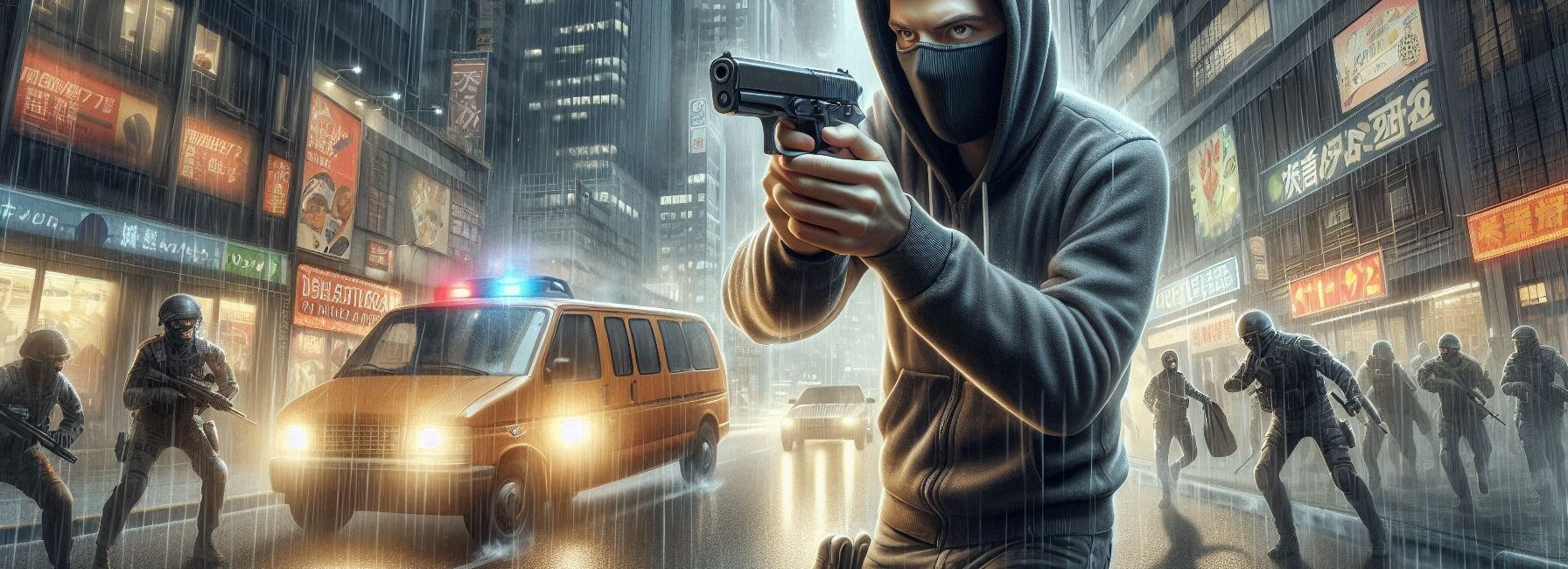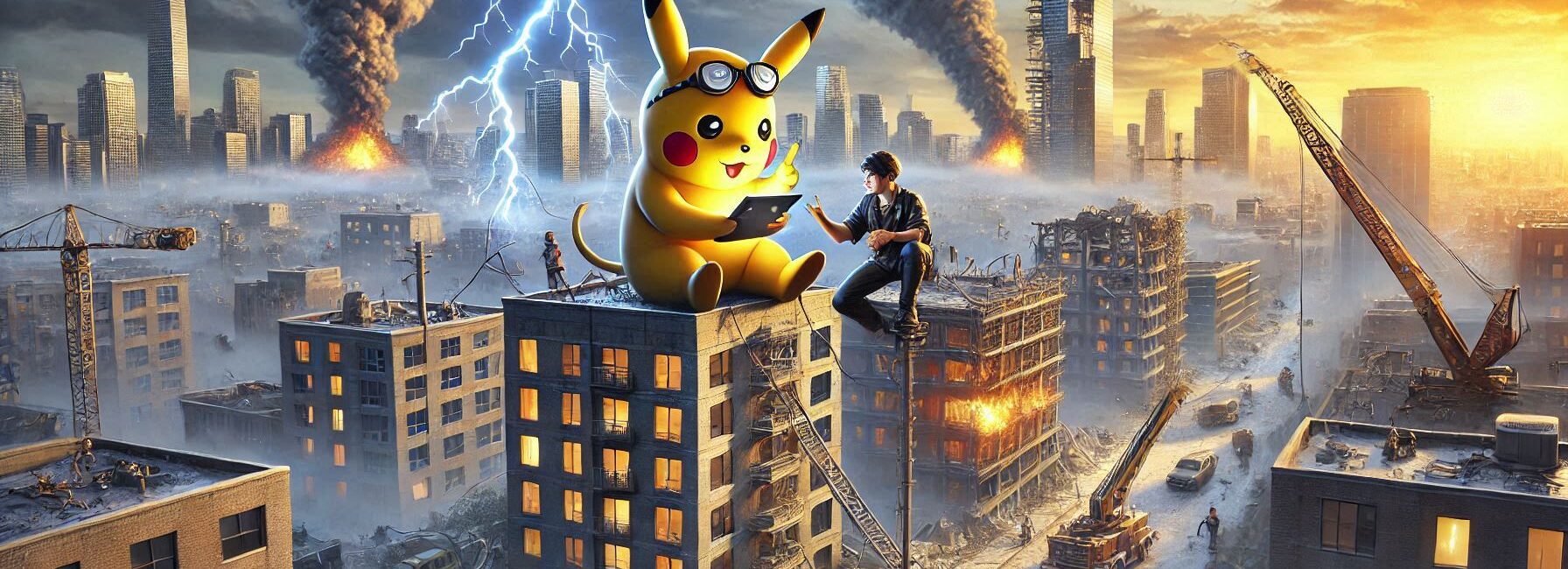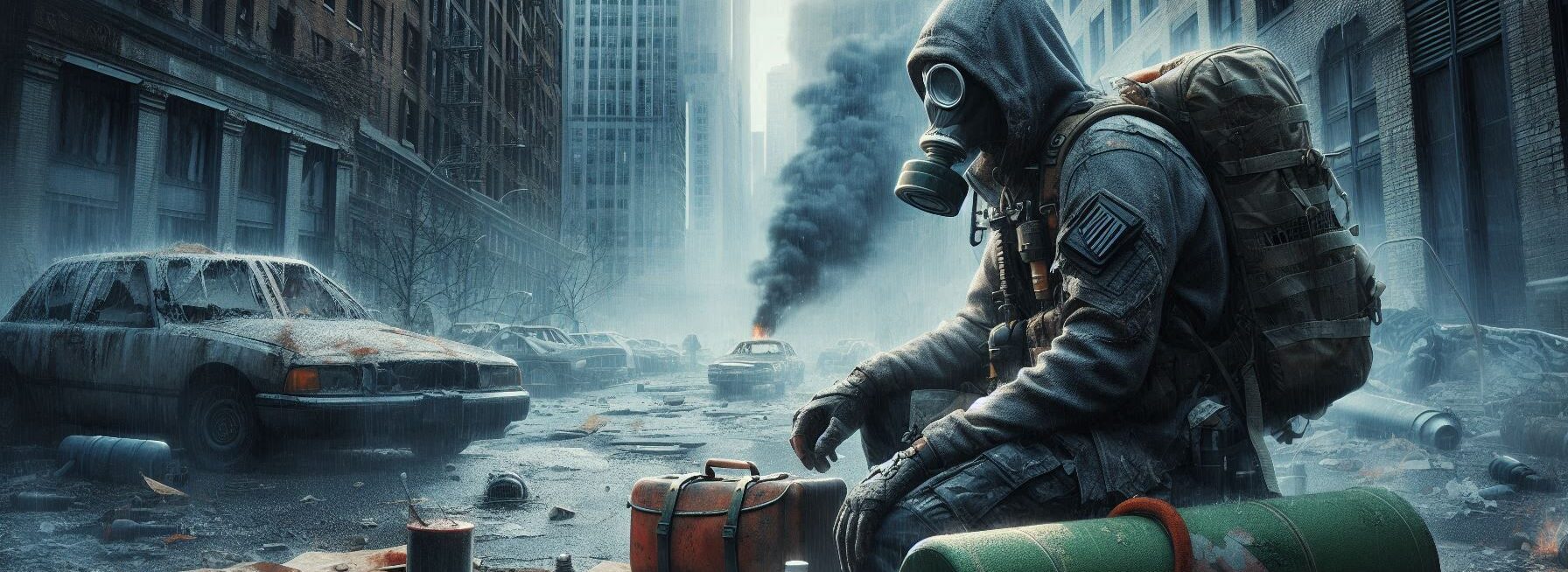Please Note: This post may contain affiliate links. If you click one of them, we may receive a commission at no extra cost to you. As an Amazon Associate, I earn from qualifying purchases.
Last Updated on November 1, 2025 by Kevin Collier

Top Takeaways and Key Concepts
Choose a low-profile bag and gear in urban-friendly colors to avoid drawing attention.
Prioritize compact essentials: money, phone charger, multitool, flashlight, and first aid bits.
Carry lightweight water purification and a small food ration tailored for short-term disruption.
Include discreet exit tools like a silcock key or window breaker for unexpected egress.
Regularly inspect and refresh your kit so you’re ready without realizing you’re carrying.
Imagine being in the metropolis, with huge buildings and busy streets all around you. It feels like you're in an action movie. Things got out of hand quickly. Having a secret survival kit is like having a secret power. But let's be honest. You don't want to look like you're ready for the end of the world. That's absolutely strange.
So, how can we design a covert survival pack that doesn't say, “I'm ready for the end of the world!”? Let's work together to figure things out.
Get a small, light backpack to start with. Something that seems typical. It might be your daily bag. You may choose one that holds all of your things without being overly ostentatious. No one needs to know what's within.
You need water. Buy a little water filter or a water bottle that you can carry along. It doesn't have to be big. A bottle that looks clever and sleek can fit right in. Drink plenty of water and keep it low-key.
Snacks, right? Bring some nuts or energy bars. They are easy to store and will keep you going without making you look like a squirrel hoarding food.
Don't forget to bring a tiny first-aid kit. Just the basics: band-aids, antiseptic wipes, and some painkillers. Put that in without making a fuss.
A multitool is quite useful. It's like carrying around a small toolbox. Pick one that looks nice and isn't too scary. You don't have to make anyone feel bad.
Imagine a flashlight, but make it small. A light on a keychain works well. Not too bright, but bright enough to help. Also, it's adorable.
A few maps of your area? That's great. They're useful if your phone dies. Just fold them up and put them away. No one will know anything.
*** Shop for Survival Gear - Tools - Kits ***
Survival Gear - Bags and Backpacks - Knives - Boots/Footwear - Communication
Outdoor Cooking - Gloves - Hydration - Dry Boxes - Water Filtration Systems
Tents - Sleeping Bags - First Aid Kits - Multi-Tools - Flashlights - Fire Starters
Navigation - Survival Food - Night Vision - Headlamps - Stun Guns - Binoculars
One other thing: keep some cash on hand. You never know when it will come in handy. Just enough for when you need it.
You're ready if you put all of stuff in your bag. A secret survival pack that only you know about. You may stroll around with confidence and be ready. It looks like a superhero in disguise. My friend, adventure is waiting for you, and you're ready for anything!
Choosing the Right Bag: Not Your Average Backpack
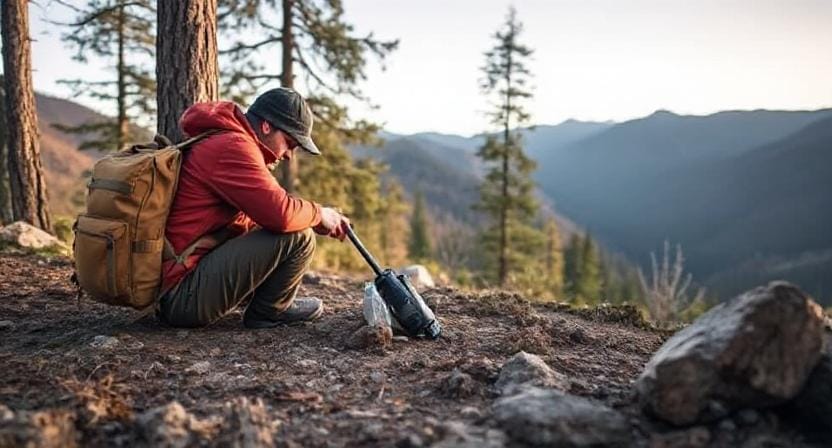
You need to choose the proper bag first. You could assume that any old backpack will suffice, but trust me: this is not the time to use that fluorescent green one with cartoons on it. You want something that fits in, like the neighbor who mows their yard at 6 AM on Saturdays.
A simple messenger bag or a trendy tote could be a smart alternative. If it includes several sections to help you keep things organized, that's even better! You don't want to have to sift through a bunch of odd crap to get to your materials, like my kid's toy collection (really, what's with all those plastic dinosaurs?).
Also think about how long your bag will last and how well it will keep water out. When you're trying to light a fire, nothing says “ready” like soggy granola bars and wet matches.
What Goes Inside Essential Gear?
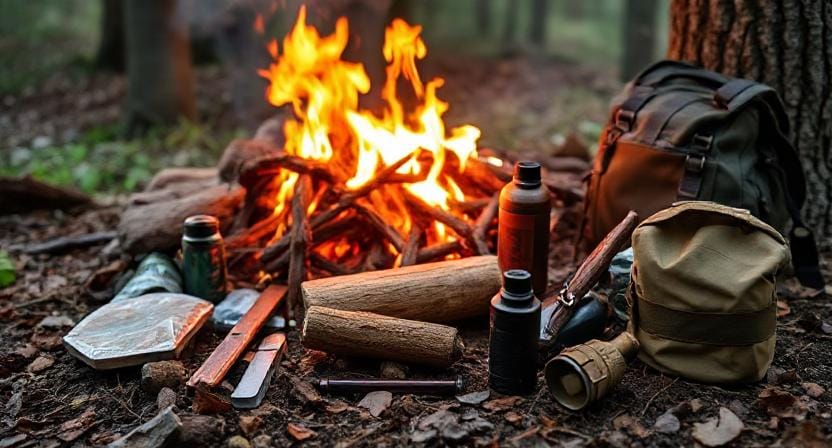
Now that you have your elegant but useful bag ready, let's talk about what you should put in it. The first things you need are basic tools, including multi-tools or Swiss Army knives. These useful tools can accomplish everything from opening cans (who doesn't love canned beans?) to mending small problems.
Food supplies for emergencies should be next on the list. I'm talking about meals that are vacuum-sealed or energy bars with a lot of calories. They are small and won't go bad fast, which makes them great for hiding in a city where finding food can be as hard as finding parking during rush hour.
And don't forget about the tablets that clean water! Picture this: you need clean water, but all you have is soda from lunch yesterday. Not the best way to stay hydrated! A tiny, foldable water bottle can also be quite helpful when room is limited.
Band-Aids Are Not Just for Kids: First Aid Supplies
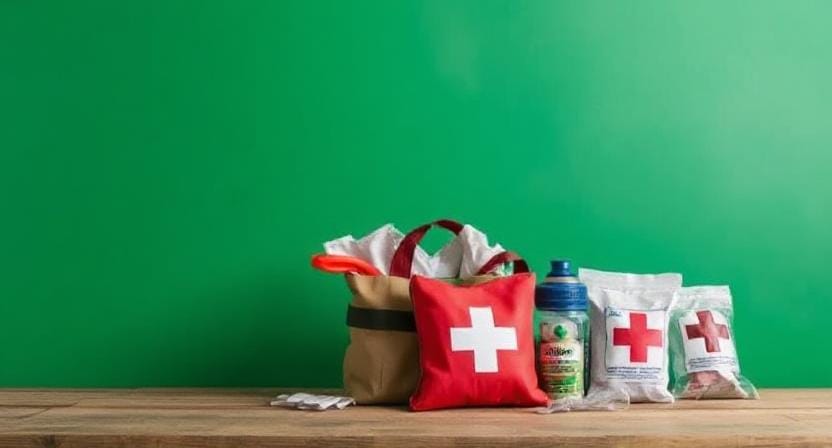
First aid items are a must-have for any survival pack. You might believe you're indestructible right now, but remember when you hit your toe on the coffee table? Ouch! Injuries can happen when you least expect them, like while you're running away from problems or chasing after ice cream trucks.
Put things like antiseptic wipes, sticky bandages, gauze pads, and pain medications in your pack. Trust me, no one likes having an injury while trying to get around a metropolis full with distractions (or worse, a sudden deluge).
Adding personal meds also makes sense, which is interesting. If you take something routinely, like allergy medicine, make sure to have it in your pack so you aren't surprised by sneezes or pollen clouds.
Tools for Communication: Stay in Touch Without Being Obvious
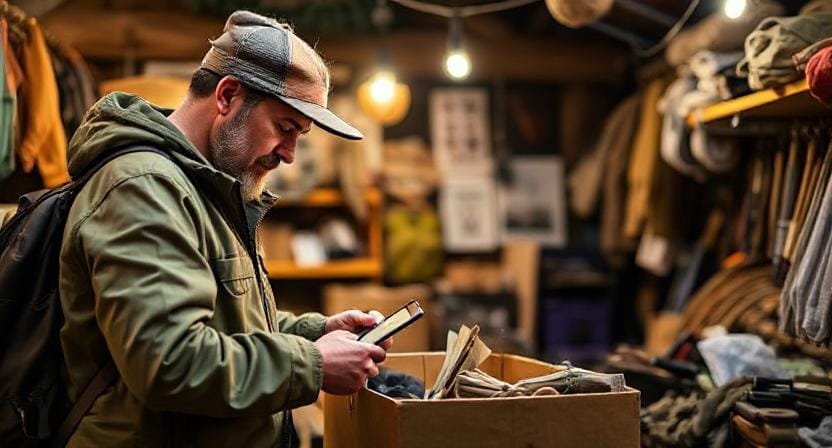
In a city disaster, talking to each other is really important, but showing off your high-tech equipment isn't a good idea either. Instead than taking out your fancy smartphone every time you need directions (which could get stolen), think about using basic things like whistles or signal mirrors to grab attention without being obvious.
Let's be honest: sometimes people respond better to sounds than words. A whistle can get people's attention without making them worry, and it's a lot easier than shouting “Help!” and throwing your arms around (which only makes you look ridiculous).
When mobile towers could break unexpectedly during an emergency and you need to talk to someone over a larger distance, good old-fashioned two-way radios come in handy. They're small enough that people won't notice them, yet they'll work when you need them most.
Blend in With Your Gear Like A Ninja
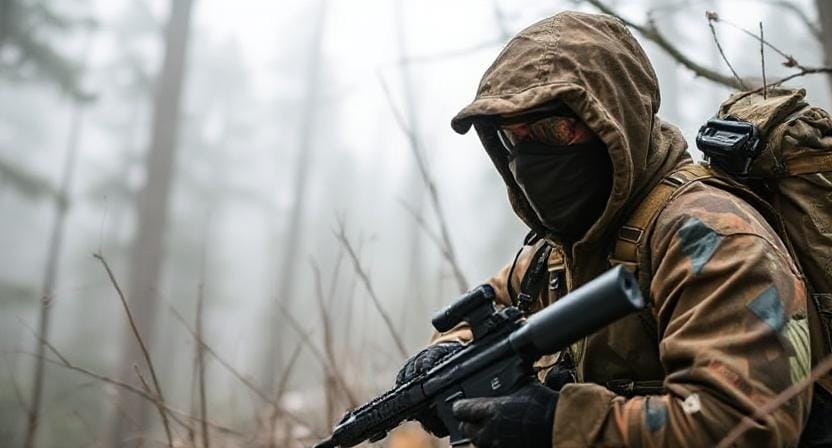
Okay, everyone, it's time to use some ninja-level stealth! If you really want to keep your survival kit hidden, hide it in things you use every day in town. For example, putting gear in old handbags or gym bags keeps it hidden while yet making it easy to get to when you need it.
You might also think about hiding some of your survival gear among your other things so they don't stand out. For instance, instead of putting energy bars in their own section labeled “EMERGENCY FOOD,” you may put them next to typical snacks.
Speaking of that, you should also try blending everyday things that are easy to get to! Bring along your amenities and those important equipment. There's nothing strange about bringing mouthwash and dental floss throughout town!
Conclusion: Be Prepared Without Drawing Attention
Building a secret survival kit for the city can be fun, not stressful. You know, not looking like you’re ready for the end of the world. It’s all about smart choices and hiding in plain sight.
Focus on what you need to stay safe. Small tools, snacks, and water can fit right into a regular bag. Nobody will suspect a thing. Choose a backpack or tote that matches your style. Something cute that you’d carry anyway.
Water is key. A compact, reusable bottle is perfect. It’ll keep you hydrated, and you’re saving the planet too. Very cool.
Snacks help too. Think about energy bars or trail mix. Easy to grab and eat on the go. Plus, they don’t take up much space.
A tiny first-aid kit can fit anywhere. Just the basics—band-aids, wipes, and maybe a small ointment. Looking out for yourself, right?
A multitool is essential. Something you can use for different tasks. It’s like having superhero gadgets, but without the flashy look.
For light, grab a little keychain flashlight. Super helpful when you need to see something in the dark. Cute and functional!
Maps are clever. Fold them and slip them in. No need for phone dependency. Having a backup is smart.
And some cash? Just a little, tucked away safely. You never know when you might need it.
Make sure everything’s easy to access but not obvious. Keep things neat and organized. You’ll be ready for anything that comes your way.
Next time someone notices your bag, you can smile. Just say it’s for being prepared—not a big deal. You’re not just another face in the city. You’re ready for life’s twists and turns. And that’s kinda awesome.
Frequently Asked Questions
Why should an urban survival kit be discreet?
Low-profile kits avoid attention, reduce theft risk, and allow you to move through crowded areas without signaling that you are carrying valuable gear.
What colors are best for a discreet bag?
Neutral colors like gray, navy, or black blend into city environments better than bright hues or camouflage patterns.
What compact items are most essential for short disruptions?
Funds, a phone charger, small first aid items, a multitool, a compact flashlight, and quick calories cover most short-term urban emergencies.
Why include discreet exit tools?
Tools like silcock keys or window breakers may allow safe water access or emergency egress when infrastructure becomes compromised.
What kind of water preparation makes sense in a city?
Lightweight filters, purification tablets, or collapsible bottles allow hydration without carrying bulky containers.
How often should I check or refresh the kit?
Review contents regularly so supplies remain current, charged, functional, and free of expired consumables.
Should the kit look like emergency gear?
No. Normal-looking daily bags prevent suspicion and keep your readiness hidden in plain sight.
Suggested External Resources:
Survival Kits 101
https://www.survivalkits101.com
Urban Survival Guide
https://wwwurbansurvivalguide.com
How to Prepare for Emergencies
https://www.ready.gov/emergencies

Kevin Collier is a seasoned survivalist and expert in prepping and homesteading, contributing to WiseSurvive.com. With a deep-rooted passion for self-sufficiency and outdoor survival skills, Kevin shares practical advice, strategies, and resources to help individuals prepare for any challenge. His informative articles cover a range of topics, from essential survival techniques to sustainable living practices, empowering readers to thrive in any situation. Whether you're a novice or a seasoned prepper, Kevin's insights will inspire you to take charge of your readiness and build resilience for the future.

